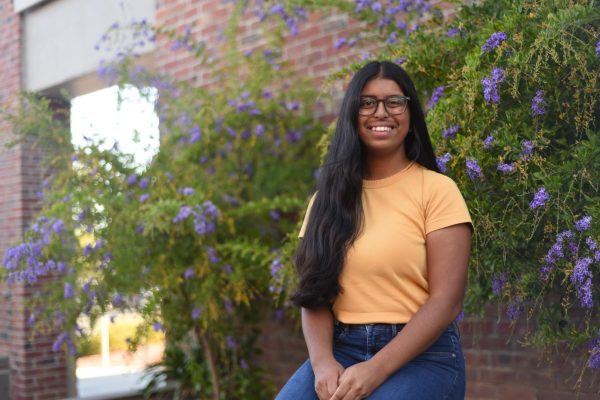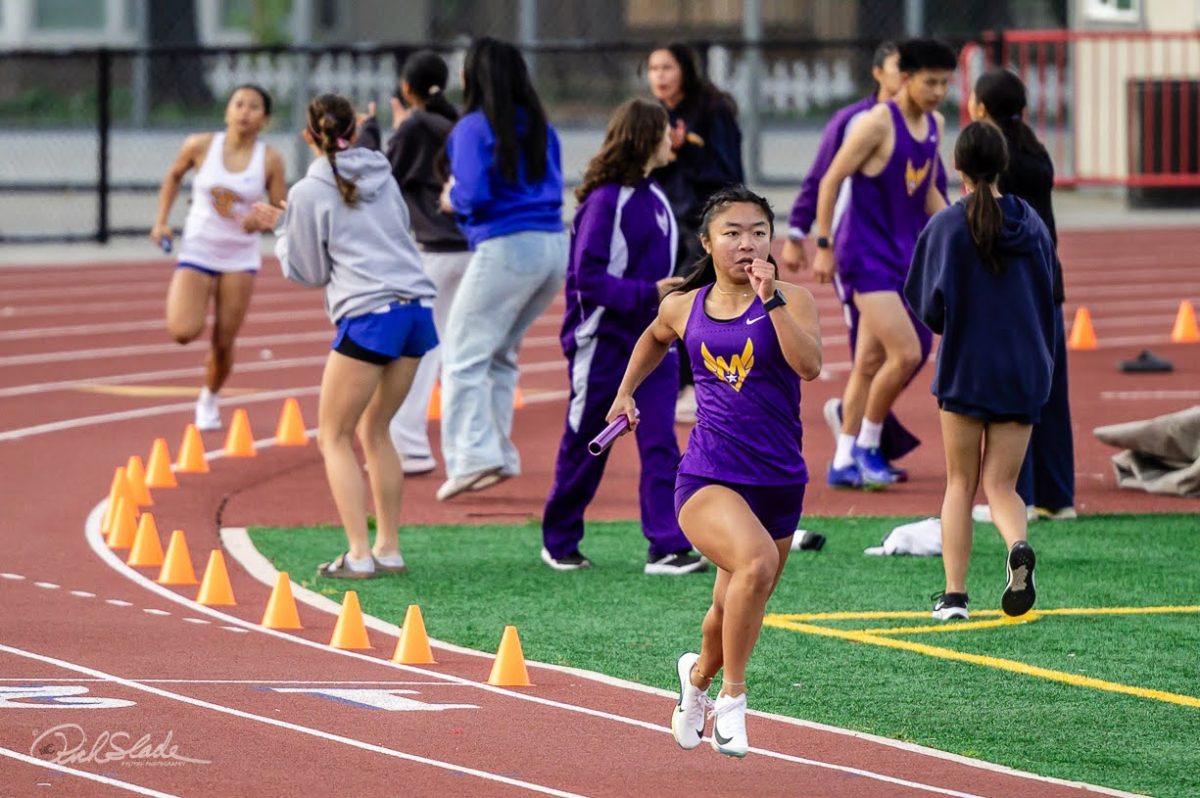On an early morning before even most teachers have arrived at school, freshman Aprameya Rupanagunta sits in the Student Union with her “dream team” to plan the next step in their project, a student mentorship program which they hope to launch early next school year. This is just one of the projects developed by students on the Social Emotional Learning and Equity Coalition (SEEC), a group which Rupanagunta says aims to create a safer and more inclusive environment at MVHS.
SEEC initially existed as two task forces — one for social-emotional learning and one for equity. While it used to be run by staff members, principal Ben Clausnitzer says its structure changed over the course of the pandemic to better incorporate student opinions.
“You had the death of George Floyd, which meant the student voice wanted to be more connected around equity work,” Clausnitzer said. “And with the pandemic, the student voice wanted to be more connected with student wellness. The whole purpose of it really is to empower the student voice, creating positive change on campus that our students want it to be.”
While multiple clubs focus on student wellness, sophomore Advaith Anand believes the best part of SEEC is that it enables students to work on the same level as administrators. Rupanagunta agrees, saying this makes the club much more effective.
To take a more specific lens on campus culture, SEEC is divided into five “dream teams” that each tackle a different point of stress: Student Life and Campus Feel; Curriculum, Grading and Redemptive Practices; Family Culture; Racism, Equity and Inclusion; and Mental Health.
Rupanagunta’s project falls under Mental Health, and it revolves around developing a system of mentorship between upperclassmen and underclassmen to help students build life skills. They plan to connect volunteer mentors to mentees via Discord so that mentees have someone they can consistently go to for advice on time management, organization or even resolving conflicts between friends.
“At MVHS, there is a toxic environment,” Rupanagunta said. “But when it comes to individual people, I think we’re all willing to help each other. Especially when it comes to upperclassmen, I feel like most are willing to help their underclassmen.”
However, there are still challenges with the project. As of now, the program rests on an honor system that upperclassmen will be sincere and provide useful advice, but there is no way to monitor it. As a result, Rupanagunta’s group is still in its planning and testing stages, even as other projects have moved on to implementation.

Anand, on the other hand, is part of the Racism, Equity and Inclusion dream team that created the Black History Month advisory. It took months to plan — before releasing the advisory video, he and his group had to carefully plan the accompanying bead activity by calculating the number of students, buying the beads and dividing them up among different classrooms. Now that the project is complete, they are already planning how to expand on it for next year’s Black History Month.
“We all have ideas that we want to implement, but it’s how we actually do it and finding a way to coordinate with either Mr. Clausnitzer or other school officials that determine whether we can do it,” Anand said. “Once we have it set into place, the actual execution is not too difficult.”
Meanwhile, the Student Life and Campus Feel dream team is planning a window art project in which teachers can request art or positive affirmations drawn on their windows, like the Biology department has done in previous years. Beyond campus beautification, Clausnitzer notes that this project is about creating a lively, welcoming atmosphere for students.
The Family Culture dream team aims to broaden the scope of careers students consider by coordinating a guest speaker presentation scheduled for Apr. 10. One of the speakers, MVHS alum ’04 Tiffany Joy, will share her experience working on non-STEM-focused work at Apple, an option Clausnitzer says families frequently overlook.
The main priority of SEEC, according to Clausnitzer, is to support students who have ideas for creating positive change on campus. Rupanagunta says this way, SEEC can not only implement projects on a larger scale but also enhance its projects’ quality through feedback.
“Oftentimes, when you’re working on the same project throughout the entire year, you’re not getting multiple perspectives,” Rupanagunta said. “So we get multiple perspectives from multiple people in different groups, which makes checkpoint meetings really helpful.”
More specifically, Rupanagunta has found that getting feedback helps her consider difficult questions that she otherwise wouldn’t, like how racism may impact a project about mental health. She believes that despite the negative effects of constant prejudice on mental health, for minorities, both prejudice and mental health are often overlooked, making it extra important for her to reach out to minorities through her project.

“Everyone’s uncomfortable when it comes to conversations like that — it’s just our nature,” Rupanagunta said. “But SEEC made me more comfortable with the uncomfortableness of talking about these issues. It’s part of the process and making sure that our project is applicable to the entire community, not just one part of it.”
To Clausnitzer, such considerations are important because they lead to more meaningful change. He hopes SEEC members not only realize that their voices are valued but also learn what it means to be a leader of cultural change in a community.
“Talking about different types of ways we can promote inclusivity makes me notice issues that I’m able to fix or improve upon,” Anand said. “Something we’re trying to focus on now is that Special Education students feel more like a separate community within our school instead of one whole community. So when I see that, I think, ‘How can I find a way to bring them in?’ And then from there, I’ll be able to talk to my group and see how we can make that happen.”
Though Rupanagunta concedes that meeting before school can sometimes feel inconvenient, she hopes more students will recognize the value of being involved in groups like SEEC. In her eyes, participating in such groups is the best way for students to make sure that their opinions are truly heard and acted upon.
“The only way we’re going to fix issues is if we have students who are going through the issues working toward fixing them,” Rupanagunta said. “I know it’s early in the morning, it’s hard to get up. But it’s so important to make sure you’re working to better your community.”










